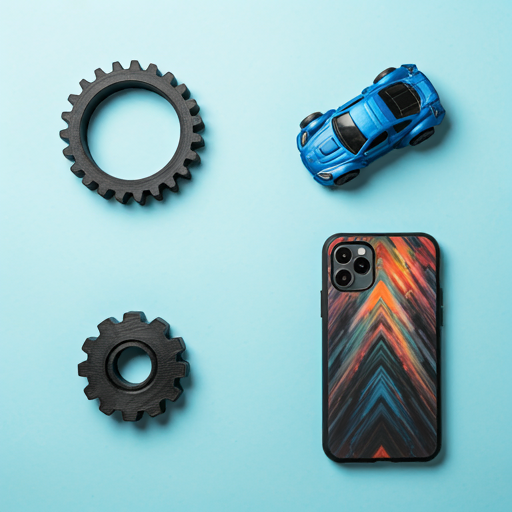
-
How it works
-
Industries
-
Services
-
Material
-
Company
-
Resources



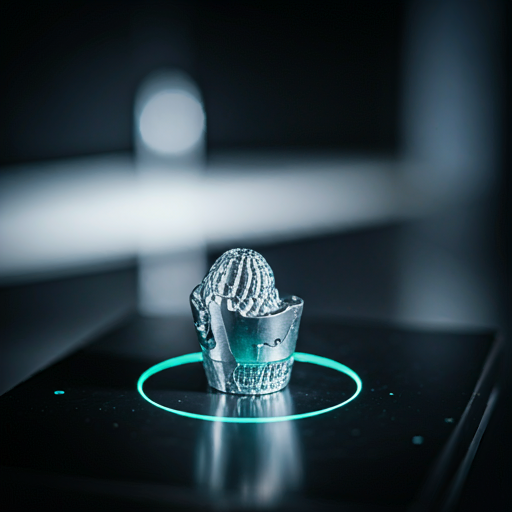





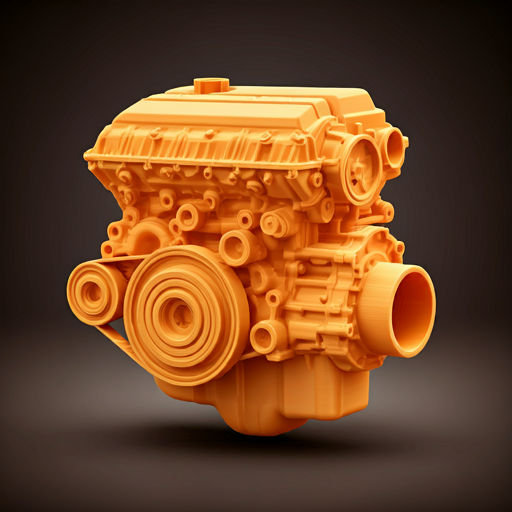

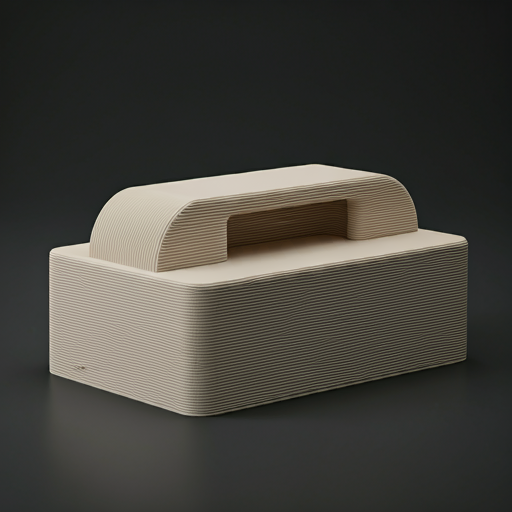
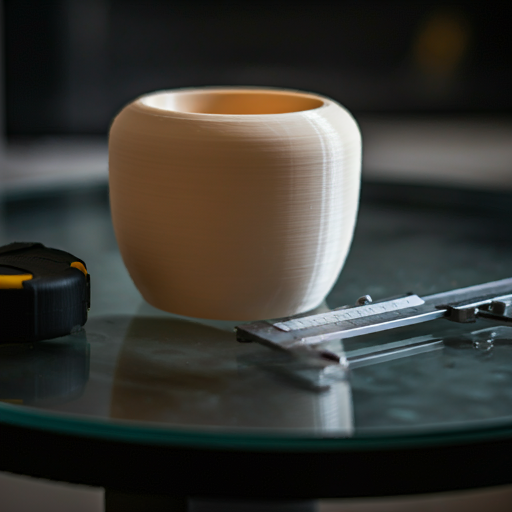
 Industries
Industries
Discover Conductive PLA—a special-purpose thermoplastic combining the ease of PLA printing with electrical conductivity, ideal for low-voltage electronic applications and interactive projects.
Conductive PLA is a composite 3D printing filament that blends Polylactic Acid (PLA) with conductive carbon black or graphene fillers. This unique material retains the user-friendly printing characteristics of standard PLA while introducing electrical conductivity, enabling the creation of low-voltage electronic components, circuits, and interactive devices directly from a 3D printer. Conductive PLA allows makers, engineers, and hobbyists to prototype capacitive touch sensors, wearable electronics, and electromagnetic shielding components without the need for traditional wiring or assembly. The material offers good dimensional stability, minimal warping, and a matte black surface finish due to the conductive additives. While it provides moderate conductivity, it is not suitable for high-current applications or replacing conventional conductive materials like copper. Additionally, the presence of conductive fillers can affect the mechanical properties, making the material slightly more brittle than standard PLA.





 FDM compatible
FDM compatible Electrically Conductive
Electrically Conductive Easy to Print
Easy to Print Low Warping
Low Warping Good Surface Finish
Good Surface Finish Limited Conductivity
Limited Conductivity Brittle Compared to Standard
PLA
Brittle Compared to Standard
PLA Abrasive to Nozzles
Abrasive to Nozzles Higher Cost
Higher CostKey Conductive PLA properties rated to guide you in selecting the best fit for your 3D printing needs.
Conductive PLA is ideal for creating 3D printed electronic components, low-voltage circuits, and interactive devices. It enables the integration of conductive pathways within printed parts, facilitating the development of prototypes and educational projects that combine structural and electrical functions.
 Capacitive touch sensors
Capacitive touch sensors Low-voltage circuits
Low-voltage circuits EMI/RFI shielding components
EMI/RFI shielding components Interactive models
Interactive models Electronic learning kits
Electronic learning kits Demonstration tools
Demonstration tools Conductive traces for wearable
devices
Conductive traces for wearable
devices Flexible sensors
Flexible sensors Smart clothing prototypes
Smart clothing prototypes Interactive installations
Interactive installations Light-up sculptures
Light-up sculptures Functional art pieces
Functional art pieces Prototyping Electronic Devices
Prototyping Electronic Devices Custom Circuit Boards
Custom Circuit Boards Electromagnetic Shielding
Electromagnetic Shielding Capacitive Touch Buttons
Capacitive Touch ButtonsSlightly more brittle than standard PLA due to conductive fillers; suitable for low-stress applications.
| Property | Value, metric |
|---|---|
| Tensile Strength | Approximately 25 MPa |
| Tensile Modulus | Approximately 2,000 MPa |
| Elongation at Break (%) | 2-3% |
| Flexural Strength | Approximately 40 MPa |
| Flexural Modulus | Approximately 2,500 MPa |
| Notched Izod Impact Strength | Approximately 12 J/m |
| Shore Hardness | Shore D 75 |
Printing with Conductive PLA is similar to standard PLA but may require adjustments due to the conductive fillers. A hardened steel nozzle is recommended to prevent abrasion. The material prints at standard PLA temperatures and exhibits good bed adhesion and low warping.
| Type | Value |
|---|---|
| Lead Time | 2-5 business days |
| Wall Thickness | Minimum 1.0 mm |
| Tolerance | ±0.15%, minimum ±0.1 mm |
| Max Part Size | Up to 450 x 450 x 450 mm |
| Layer Height | 0.1 mm to 0.3 mm |
Similar to PLA with low heat resistance; parts may deform at temperatures above 50°C.
| Property | Value, metric |
|---|---|
| Heat Deflection Temperature (HDT) | Approximately 55°C at 0.455 MPa |
| Thermal Expansion Coefficient | Approximately 70 x 10^-6 /°C |
| Thermal Expansion (Scale 0-100) | 65 |
| Max Service Temperature | Up to 50°C before significant deformation may occur |
Provides electrical conductivity suitable for low-voltage applications and capacitive sensing.
| Property | Value, metric |
|---|---|
| ESD Safety | Not suitable for ESD-sensitive applications without proper grounding. |
| Conductivity | Surface resistivity typically around 15 Ω·cm to 1,000 Ω·cm |